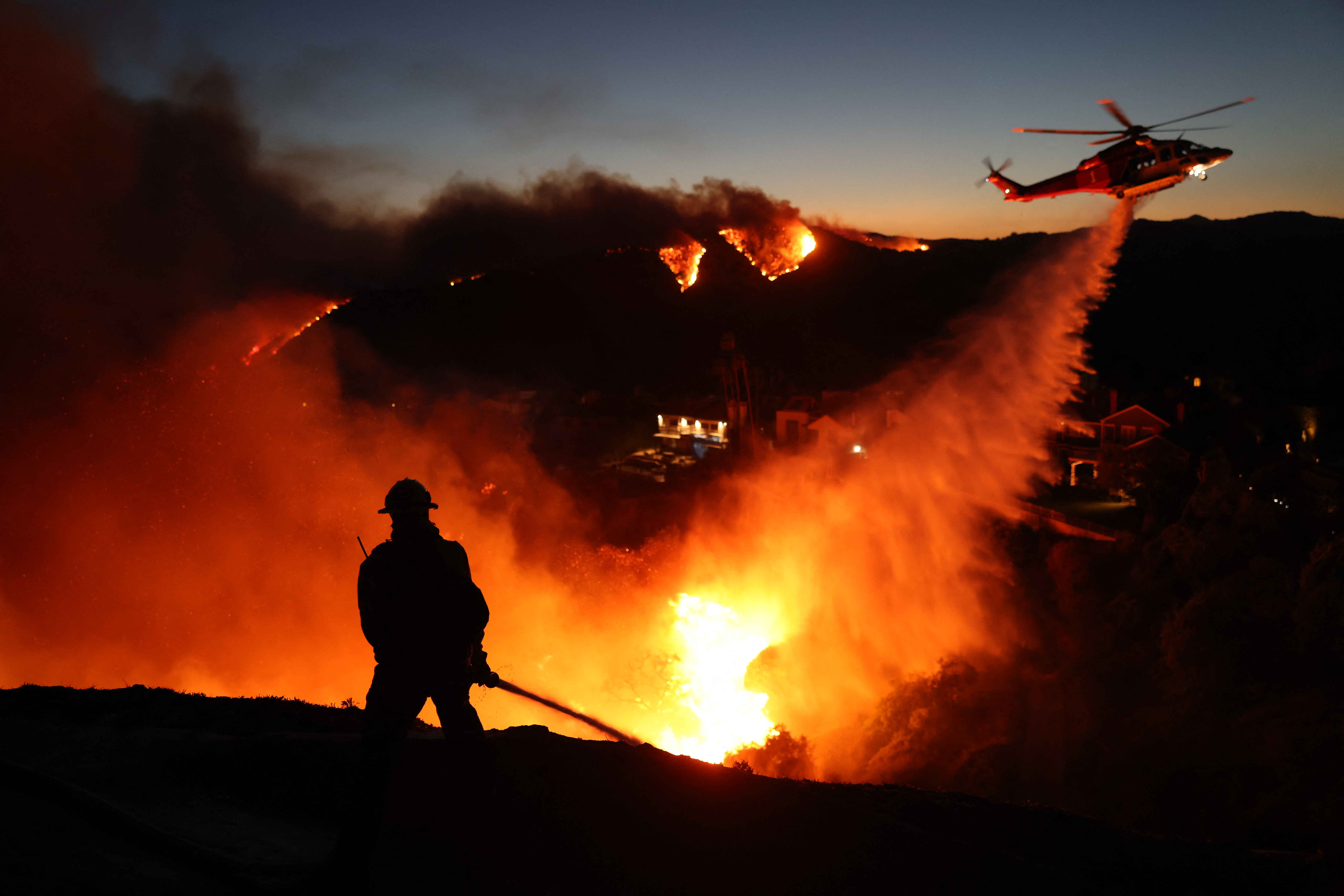
california arson suspect used chatgpt to generate Federal law enforcement has arrested a suspect in connection with starting what became the Palisades blaze that killed 12 people and burned through thousands of acres.
california arson suspect used chatgpt to generate
Background of the Palisades Fire
The Palisades fire erupted on January 1, 2025, and quickly escalated into one of the most devastating wildfires in California’s history. Spanning over 23,000 acres, it not only claimed the lives of 12 individuals but also resulted in the destruction of more than 6,000 structures, including homes and businesses. The fire spread through several communities, notably the Pacific Palisades, Topanga, and Malibu, causing widespread panic and displacement among residents.
According to data from the state of California, the Palisades fire is recorded as the third most destructive wildfire in the state’s history. The rapid spread of the fire was attributed to a combination of dry conditions, high winds, and the dense vegetation typical of the region. Firefighters worked tirelessly to contain the blaze, but the initial fire, known as the Lachman Fire, reignited and expanded, leading to the catastrophic consequences that followed.
The Arrest of Jonathan Rinderknecht
On Wednesday, Bill Essayli, the acting U.S. Attorney for the Central District of California, announced the arrest of 29-year-old Jonathan Rinderknecht from Florida. He is facing federal charges for allegedly starting the Palisades fire. The investigation into Rinderknecht’s activities has revealed a troubling array of evidence linking him to the crime.
Evidence Against Rinderknecht
Federal investigators have compiled a range of evidence to substantiate the charges against Rinderknecht. This evidence includes:
- Video surveillance footage that places Rinderknecht near the fire’s origin.
- Witness statements corroborating his presence in the area at the time of the fire.
- Cellphone records that further confirm his location during the critical moments leading up to the fire.
During a press briefing, Essayli highlighted a particularly unusual piece of evidence: a ChatGPT-generated image that Rinderknecht allegedly created a few months prior to the fire. The image, described by Essayli as a “dystopian painting showing in part a burning forest and a crowd fleeing from it,” raises questions about Rinderknecht’s intentions and mental state leading up to the incident.
The Role of Artificial Intelligence in the Case
The involvement of artificial intelligence in this case is noteworthy. Rinderknecht reportedly used ChatGPT to generate the image, which has now become a focal point in the investigation. The DOJ claims that the image serves as a chilling precursor to the actual events of the fire. The use of AI tools like ChatGPT to create visual content has surged in popularity, but this case underscores the potential for misuse.
Essayli’s comments during the press briefing suggest that the AI-generated image may indicate a premeditated intent to cause chaos and destruction. The implications of using AI in such a manner raise ethical questions about accountability and responsibility. If an individual uses AI to conceptualize and visualize harmful actions, to what extent can they be held accountable for those actions?
Rinderknecht’s Alleged Actions
According to the DOJ, Rinderknecht’s actions on New Year’s Eve were suspicious. He allegedly dropped off a rideshare passenger and then parked his car near a trailhead known as Skull Rock. Witnesses reported seeing him walking along the trail while recording videos with his iPhone. Adding to the peculiar circumstances, he was reportedly listening to “Un Zder, Un Thé,” a French rap song that features imagery of someone lighting a trash can on fire.
Shortly after midnight, Rinderknecht is accused of igniting the fire. He then called 911 to report the blaze, which raises further questions about his motivations. During this call, prosecutors allege that Rinderknecht asked ChatGPT, “Are you at fault if a fire is lit because of your cigarettes?” This query, made in the immediate aftermath of the fire, suggests a level of premeditation and awareness of the potential legal ramifications of his actions.
Legal Implications and Charges
Rinderknecht is facing serious charges that could result in significant legal consequences. The federal government is pursuing charges of maliciously starting a fire, which carries severe penalties. If convicted, he could face years in prison, hefty fines, and restitution for the damages caused by the fire.
The legal proceedings will likely delve into various aspects, including the intent behind Rinderknecht’s actions, the role of AI in his decision-making process, and the broader implications for the use of technology in criminal activities. As the case unfolds, it may set precedents regarding the intersection of technology and law enforcement.
Reactions from Stakeholders
The arrest of Rinderknecht has elicited a range of reactions from various stakeholders, including law enforcement, community members, and legal experts. Many have expressed relief that a suspect has been apprehended in connection with such a devastating event. However, there are also concerns about the implications of using AI in criminal activities.
Local residents, particularly those affected by the fire, have voiced their anger and frustration. The loss of life and property has left a lasting impact on the community, and many are seeking justice for the devastation caused by the fire. Community leaders have called for stricter regulations on the use of AI technologies to prevent potential misuse in the future.
Broader Implications for AI Technology
The case raises significant questions about the ethical use of artificial intelligence. As AI tools become increasingly accessible, the potential for misuse grows. This incident may prompt lawmakers and technology companies to consider implementing safeguards to prevent AI from being used in harmful ways.
Experts in technology and law are closely monitoring the situation, as it could lead to new legal frameworks governing the use of AI in creative and destructive contexts. The implications extend beyond this case, as society grapples with the responsibilities that come with advanced technologies.
Conclusion
The arrest of Jonathan Rinderknecht in connection with the Palisades fire highlights the complex interplay between technology, criminal behavior, and legal accountability. As the investigation continues, it will be crucial to examine the implications of AI in this context and consider how society can navigate the challenges posed by emerging technologies. The case serves as a stark reminder of the potential consequences of misusing technology and the importance of responsible innovation.
Source: Original report
Was this helpful?
Last Modified: October 9, 2025 at 2:39 am
1 views














